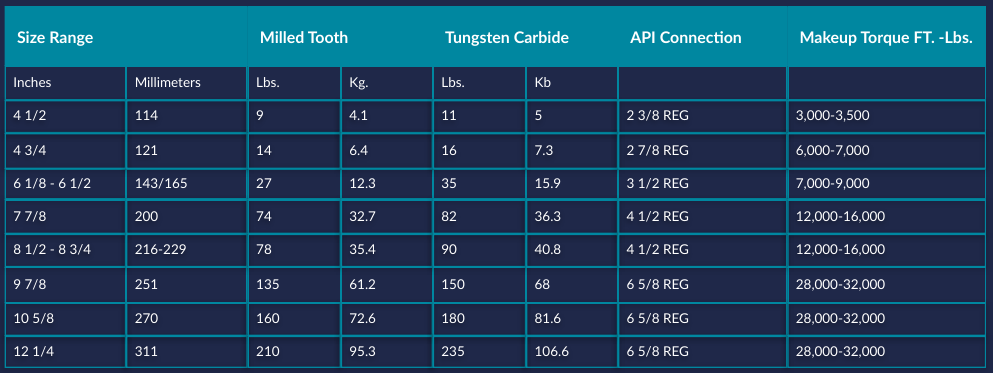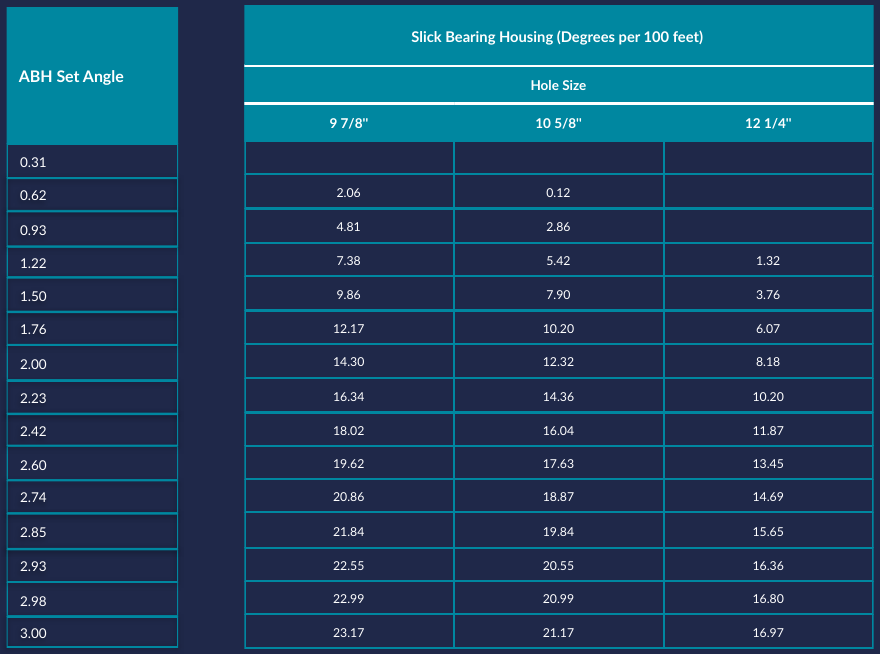Cross Reference Chart




The performance and life of the motor is determined by the environment in which it operates. To ensure optimum performance and longest life avoid:
The primary rig reference for HTI motor operation is the rig pressure gauge. Weight (push) indicator can also be used as a drilling reference, however it may give inaccurate information about the actual WOB because of other factors such as the size of the hole the pipe is in, softness of the formation or restrictions reducing the actual WOB. The only true indication of the motor performance is the pressure gauge.
When the motor is off-bottom circulating the pressure gauge shows the total amount of pressure required to pump a known volume of fluid through the motor and bit. This is called the off-bottom pressure.
WOB (placing weight on the bit) creates a higher total pressure. The difference between the off-bottom pressure and the pressure when weight is applied to the bit is called the pressure differential.
Operate the motor at the recommended differential (the PSI difference between off-bottom pressure and on-bottom pressure. As weight is applied to the bit the pressure will increase. As the bit advances the pressure will decrease until more push (weight) is applied. For best performance and penetration rates maintain optimum on-bottom pressure.
When too much weight or push is applied, exceeding the maximum differential pressure, the motor will stall. The bit will cease to rotate causing the pressure gauge to rise abruptly. Stall pressure is about twice the recommended optimum differential pressure. When a stall happens, stop the pumps and reduce the WOB allowing the pressure to decrease to recommended operational pressures. Do not pull the motor off bottom until normal pressure is resumed. Continual stalling and operating motors in stalled condition can seriously damage the motor. Stalling can lead to tearing or “chunking” of the stator elastomer. When a stator is chunked, motor performance will dramatically decrease or the motor will possibly cease to function.
















